Have you ever wondered how to make precise, clean holes in plexiglass for your next project? Drilling holes in tough material can be difficult, but with the right tools and know-how, you can create perfect holes every time. This guide will show you the best way to drill into plexiglass, providing tips and tricks on the correct technique to use. Read on and learn all you need to know about drilling holes in plexiglass!
What is plexiglass?
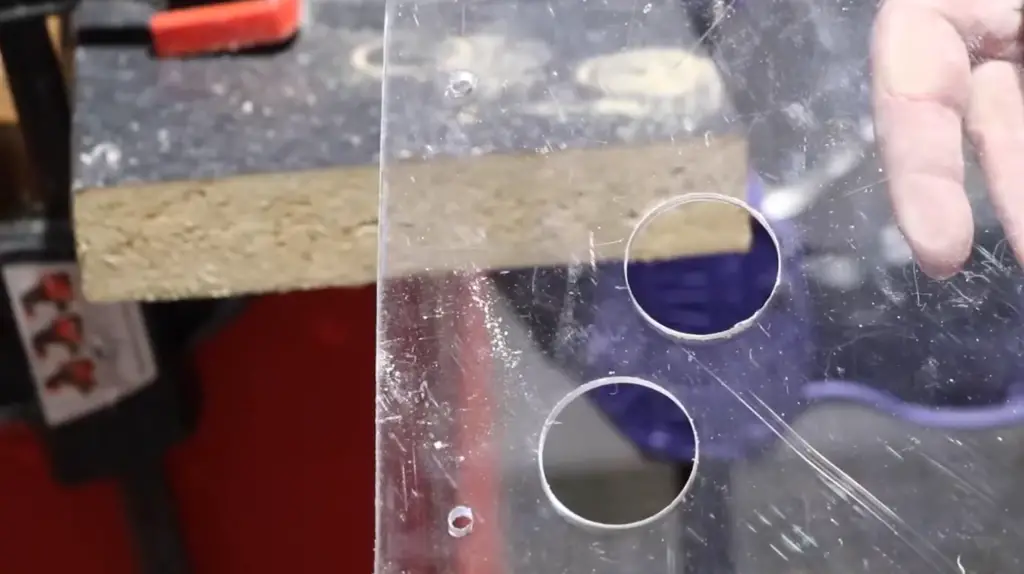
Plexiglass can be cut to fit specific shapes or sizes and is often used as a substitute for traditional glass products. It provides superior clarity compared to glass and can be used in outdoor applications due to its UV stability which prevents it from deteriorating over time.
Plexiglass also provides excellent insulation properties which makes it desirable for energy-efficient buildings. Additionally, plexiglass is more affordable than glass, making it a popular choice for projects with cost constraints. Plexiglass is available in a variety of colors and thicknesses, allowing designers to create unique and eye-catching structures. With so many advantages, it’s no surprise that plexiglass is becoming an increasingly popular choice for both commercial and residential applications [1].
Why to Drill Holes in Plexiglass?
Drilling holes in plexiglass can be a useful way of creating openings to run wires or cables through, as well as for other decorative purposes. It is also often used to mount objects, such as light fixtures or door handles. Drilling holes in plexiglass requires specific tools and techniques due to its brittle nature compared to other materials like wood or metal. The right technique will ensure that the material does not crack when being drilled, which could result in an unusable piece of Plexiglas. To properly drill holes in plexiglass, it is important to use the right type of drill bit and take special care when drilling into the material.
If you are looking for the best results possible when drilling holes in Plexiglas, there are a few steps you should follow. First of all, select the right type of drill bit for the job. Opt for a carbide-tipped drill bit designed specifically for drilling into materials like Plexiglass. Make sure that it is sharp and free from any burrs or chips before starting to drill. You’ll also want to make sure that you have plenty of lubrication available during the drilling process as well as a steady hand when guiding the drill bit through the material.
It is also important to ensure that your plexiglass piece is firmly clamped down so as to avoid any slipping while you are drilling into it. Finally, start off with a slow speed and gradually increase the speed as you progress through the material. Doing so will help to ensure that your holes are drilled in a smooth and even manner, resulting in a finished product that looks professional and is free from any cracks or chips.
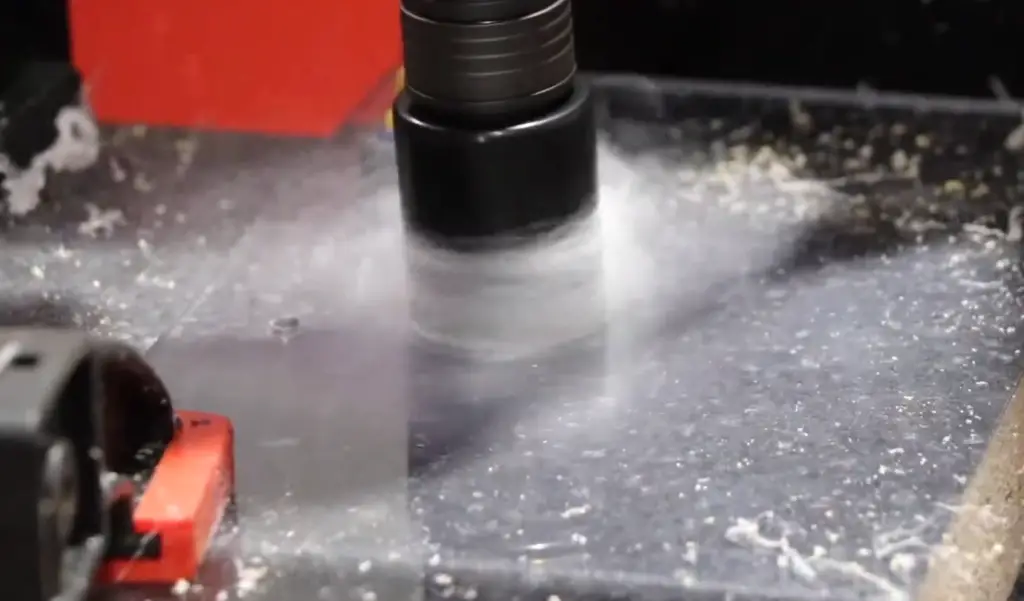
Why does plexiglass crack?
Plexiglass is a type of plastic that is known for its strength and durability, however, it can still crack if exposed to certain conditions. The most common cause of cracking in plexiglass is extreme temperature changes, such as from hot to cold or vice versa. Rapid expansion and contraction caused by these temperature changes can cause the material to become brittle and eventually crack.
Other causes for cracking include physical impacts, exposure to UV light, chemical exposure, and incorrect installation techniques. To prevent cracking, it is best to take precautions against extreme temperatures, avoid physical impacts on the plexiglass, keep it away from harmful chemicals and coatings, and ensure proper installation procedures are followed. Taking these steps can help extend the life of your plexiglass and keep it looking great.
What power tool should you use to drill plexiglass?
Electric Drill (Handheld)
When drilling plexiglass, it is important to use an electric handheld drill with a carbide-tipped twist bit or spade bit.
Be sure to keep the drill bit perpendicular to the surface of the plexiglass for best results. Using light pressure when drilling helps prevent cracking or breakage of the material. Finally, always wear safety equipment such as eye protection and gloves while using power tools on any material. Additionally, ensure that your work area is well-ventilated during the use of these tools.
Drill press
When drilling large and/or precise holes in plexiglass, it is best to use a drill press. Using a drill press will provide more control and accuracy when drilling the material, as opposed to using an electric handheld drill. It is important to note that any lubricant used when drilling must be safe for plastics and other materials. Additionally, some plastic may require special bits such as those made from high-speed steel or titanium. Finally, use caution when working with power tools on any material – wear safety equipment and ensure your work area is well-ventilated during the use of these tools [2].
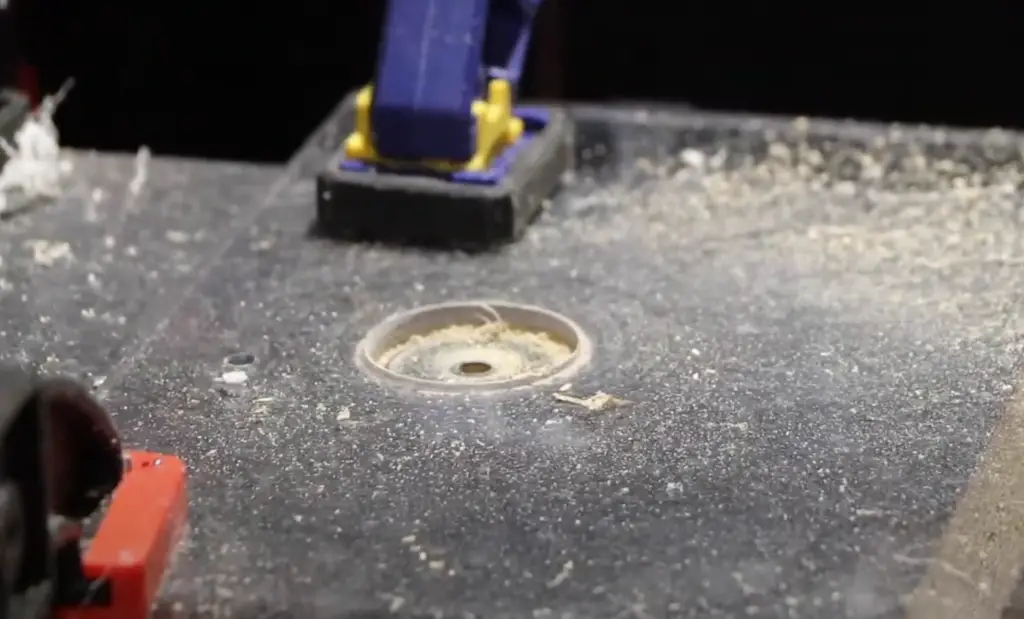
Bandsaw
The bandsaw is also a useful tool for cutting plexiglass. When using this tool, make sure to choose the right blade type for the job. Thin blades with fine teeth are best suited for cuts in thin sheet plexiglass. For thicker and harder varieties of plastic, use a blade with larger teeth and lower RPMs. Additionally, be sure to wear safety equipment such as goggles and gloves while using a bandsaw, as flying pieces of material can cause serious injury. Finally, always ensure that your work area is well-ventilated during the use of this tool.
Router
A router is another useful tool when working with plexiglass or other plastics. When choosing a bit for your router, select one that can cut through the thickness of the material you are working with without producing excessive heat or vibration. As with other power tools, always wear safety equipment and ensure your work area is well-ventilated while using the router. Additionally, use a light touch when routing to prevent cracking or breakage of the material.
Best drill bit for plexiglass
Plastic drills
When drilling through plexiglass, it is essential to use a drill bit specifically designed for plastics. Plastic-specific drill bits are made from high-speed steel and feature a 135° split point tip for improved hole accuracy. The sharp and fine flutes ensure smooth cutting with minimal heat buildup and less chipping or cracking. A plastic drill bit should also be used with a low RPM setting and cutting lubricants such as paraffin wax to reduce the risk of breakage and damage to the material. When shopping for plastic drills, look for specific sizes that match the size of your plexiglass sheet.
Standard twist drills
Standard twist drills can also be used to drill through plexiglass, although they are not ideal for the job. Twist drills tend to produce a lot of heat and friction which can cause cracking or breakage in the material. To avoid this, it is important to use a low RPM setting, slow feed rates, and plenty of cutting fluid when drilling with a standard twist drill. Additionally, look for a drill bit made from high-speed steel with a 135° split point tip for improved hole accuracy and less breakage.
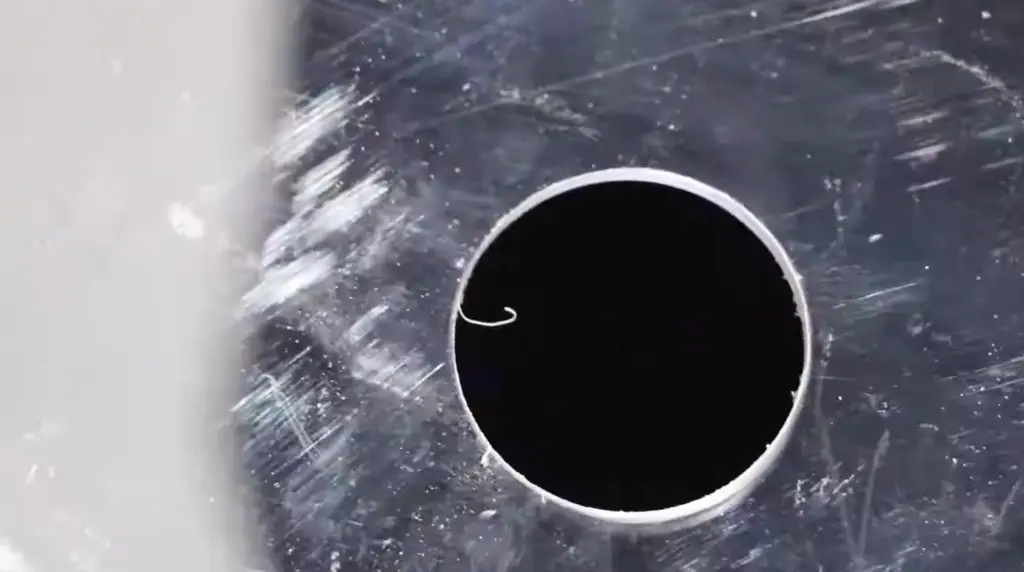
Step Drills
Step drills are specifically designed for drilling into thin materials such as plastic sheets. These specialized bits feature longer flutes that allow them to make clean cuts without producing too much heat or friction. Step drills are available in a variety of sizes and should be used with slow feed rates, low RPM settings, and cutting lubricants such as paraffin wax to reduce the risk of breakage or damage to the material. Using the right drill bit is essential when drilling through plexiglass. Plastic-specific bits, standard twist drills, and step drills can all be used with the proper technique to produce clean, accurate holes in your material without damaging it [3].
How To Drill Holes in Plexiglass
Step 1 – Mark where you want to drill
Before you start drilling, mark where the holes will go. It is easier to measure and lay out your desired results on the plexiglass since it may be difficult to measure accurately after drilling. Additionally, using a specialized marker designed for glass will make your markers more visible and easier to remove.
Step 2 – Secure the Plexiglass
Secure the plexiglass to a stable surface, either with clamps or tape.
Step 3 – Choose Appropriate Drill Bits
When it comes to drilling into plexiglass, drill bits are different from those used on other materials. It’s important to use bits created specifically for plastic and acrylic materials since they’re less likely to crack or chip when drilling.
Step 4 – Set the Drill Speed to Slow
When drilling plexiglass, it’s important to use a slow speed on your drill. This will help keep the material intact and prevent any cracking or splintering. If you don’t have adjustable speed settings, start out at a low one and go slowly until you reach the desired hole size.
Step 5 – Start Drilling
Carefully position the bit on the plexiglass where you marked it, making sure that your guide bit (if using) is in the center of the spot where you want to drill. Once everything is lined up, press firmly but gently as you begin to turn on the drill and start drilling through the plastic. Keep the drill moving back and forth slightly to ensure even drilling.
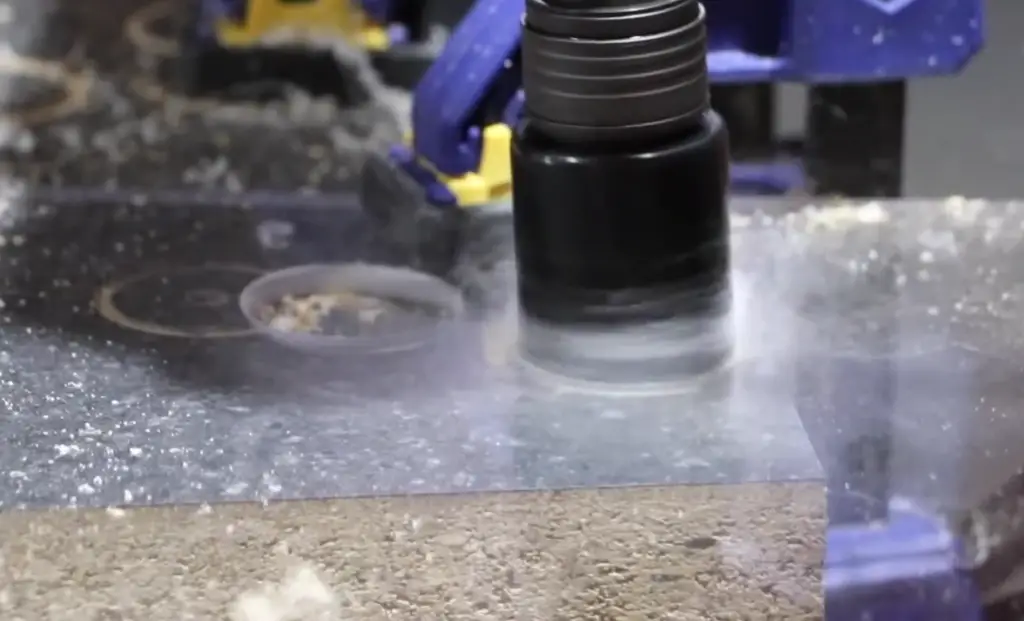
Step 6 – Remove Excess Material
Once the hole is drilled, use a vacuum or brush to remove any excess material from the work surface. If there are plastic shards around the edges of your drilled hole, you can use a file or sandpaper to get rid of them.
Step 7 – Clean and Polish
To finish off your project, clean and polish the plexiglass with a cloth and glass cleaner. This will help give it a smoother, shinier look. Additionally, it will also protect against scratches and wear over time [4].
How to fix cracked plexiglass
If the crack in your plexiglass is small, you can try to fix it at home. First, make sure that all the pieces of the broken plexiglass are still there. If any pieces are missing, then this method will not work. The next step is to clean up the area around the crack with a cloth and some rubbing alcohol. This will ensure that no dirt or debris gets into the crack and prevents it from sealing properly.
Next, use a pair of sharp scissors or an X-acto knife to carefully trim away any jagged edges around the crack. This should leave a smooth edge for better results when repairing the plexiglass. Now you’re ready to begin repairing the crack. Use a clear, two-part epoxy and mix it according to the directions on the package. Apply the epoxy generously into the crack and spread it evenly, making sure to fill in any small gaps. Let it dry for 24 hours before handling or using your plexiglass again.
Lastly, use fine sandpaper to gently smooth out any rough areas around the repaired area of your plexiglass. With some patience and care, you can easily fix cracked plexiglass at home! Once repairs are complete, make sure to take extra precautions when handling your repaired plexiglass item since it may be more fragile than before. Additionally, consider coating it with an acrylic finish for extra protection. Follow these simple steps and you’ll be able to fix your cracked plexiglass in no time [5]!
How to cut plexiglass?
To cut plexiglass, you will need the following tools: a jigsaw with a fine-toothed blade, safety glasses, and a pair of gloves. Begin by measuring the area of the plexiglass that needs to be cut and marking it with a marker or pencil. Use the jigsaw to make an incision along these marks. Make sure to press lightly so as not to break the plexiglass. As you are cutting, use both hands and keep your thumbs away from where the blade is cutting. If necessary, secure the material with clamps or weights while you are cutting it.
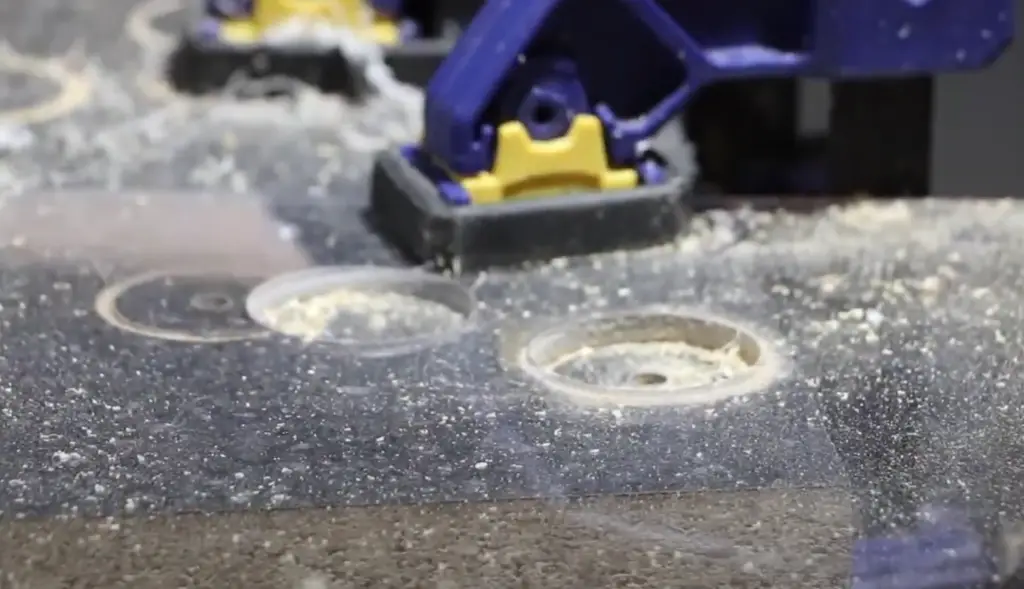
This will help create more even edges. Once all sides have been cut, sand down the edges with fine-grit sandpaper for a smoother finish. Remember to always wear safety glasses and gloves when cutting plexiglass. With the right tools and some patience, you can easily learn how to cut plexiglass.
FAQ
How do you drill a hole in the plexiglass without breaking it?
Drilling a hole in plexiglass without breaking it requires special care and attention. The most important thing is to use the right drill bit. A sharp, high-speed steel (HSS) drill bit with a pointed tip is the best choice for drilling into the plexiglass. It’s also important to use plenty of lubrication while drillings, such as cutting oil or machine oil, to help reduce friction and heat build-up. Finally, make sure to work slowly and steadily when drilling; sudden pressure can cause the plexiglass to crack or shatter. With these tips in mind, you should be able to successfully drill a clean hole in your plexiglass without any damage.
What is the best drill bit for plexiglass?
The best drill bit for plexiglass is a high-speed steel (HSS) bit with a pointed tip. These bits are specifically designed to cut through hard materials like plexiglass, and they stay sharp longer than other types of bits. Be sure to use plenty of lubrication when drilling into the plexiglass, as this will help reduce heat build-up and minimize any risk of cracking or shattering.
What is the best way to cut plexiglass?
The best way to cut plexiglass is with either a circular saw or a jigsaw. When using either tool, it’s important to make sure that you’re using the correct blade for the job. For circular saws, a carbide-tipped blade with 24 to 40 teeth works best. For jigsaws, an HSS blade with 14 to 18 TPI (teeth per inch) is the recommended option. It’s also important to use lubrication while cutting the plexiglass; this will help reduce heat build-up and minimize any risk of cracking or shattering. With the right tools and techniques, you should be able to make clean, accurate cuts in your plexiglass sheets.
What should I do if my plexiglass cracks or shatters?
If your plexiglass cracks or shatters during drilling or cutting, there are a few things that you can try. First, it’s important to identify the cause of the problem; did you use a dull or inappropriate drill bit, apply too much pressure while drilling, or fail to use lubrication? Once you have identified the cause of the problem, you can take steps to prevent it from happening again. If the damage is minimal and not too visible, it may be possible to repair your plexiglass with a special adhesive. However, if the damage is more severe, it’s best to replace your sheet of plexiglass entirely.
Is it easy to drill holes in acrylic?
Drilling holes in acrylic can be relatively easy if the right tools and techniques are used. The most important thing is to use a sharp, high-speed steel (HSS) drill bit with a pointed tip.
With these tips in mind, you should be able to successfully drill clean holes into your sheets of acrylic without any damage.
What type of saw is best for cutting plexiglass?
The best type of saw for cutting plexiglass is either a circular saw or a jigsaw. When using either tool, it’s important to make sure that you’re using the correct blade for the job. For circular saws, a carbide-tipped blade with 24 to 40 teeth works best. For jigsaws, an HSS blade with 14 to 18 TPI (teeth per inch) is the recommended option. It’s also important to use lubrication while cutting the plexiglass; this will help reduce heat build-up and minimize any risk of cracking or shattering. With the right tools and techniques, you should be able to make clean, accurate cuts in your plexiglass sheets.
What type of bit should I use for drilling into plexiglass?
The best type of bit for drilling into plexiglass is a high-speed steel (HSS) bit with a pointed tip. These bits are specifically designed to cut through hard materials like plexiglass, and they stay sharp longer than other types of bits. Be sure to use plenty of lubrication when drilling into the plexiglass, as this will help reduce heat build-up and minimize any risk of cracking or shattering. With the right tools and techniques, you should be able to successfully drill clean holes in your sheets of plexiglass without any damage.
Can I use a regular drill bit for drilling into plastic?
No, it is not recommended that you use a regular drill bit for drilling into plastic materials such as plexiglass or acrylic. Regular drill bits are not designed to cut through hard materials, and they can become dull quickly. Furthermore, using regular drill bits may cause cracking or shattering of the plastic material due to excessive heat build-up. It is best to use a high-speed steel (HSS) bit with a pointed tip specifically designed for drilling into hard materials like plexiglass. Be sure to use plenty of lubrication while drilling as well; this will help reduce friction and minimize any risk of damage.
Useful Video: How to cut Perspex with a holesaw
Conclusion Paragraph
Drilling holes in plexiglass can be a tricky process, but with the right tools and safety precautions, it’s not only possible — it’s also relatively easy. By choosing the right drill bit for the job and taking necessary safety measures, drilling holes in plexiglass can be accomplished without the risk of damage or injury. With a little practice and patience, you’ll soon become an experienced plexiglass driller!
References
- https://glassdoctor.com/blog/what-is-plexiglass
- https://www.christofix.com/how-to-drill-plexiglass/
- https://www.hunker.com/12536277/what-kind-of-drill-bit-do-you-need-for-plexiglass
- https://sawsummary.com/how-do-you-drilling-a-hole-in-plexiglass-without-cracking-it/
- https://homesteady.com/how-8390586-fix-cracks-plexiglas.html






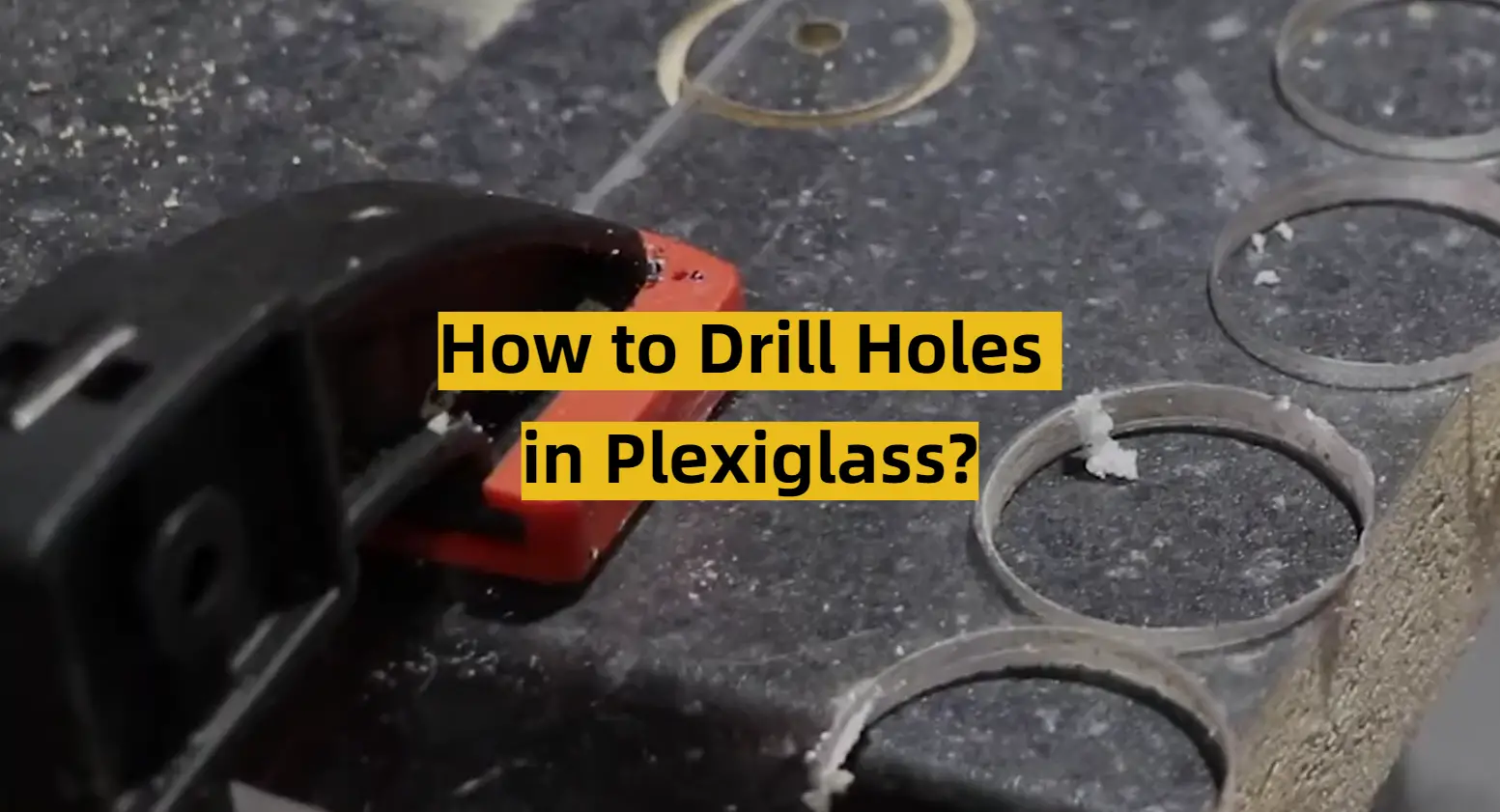




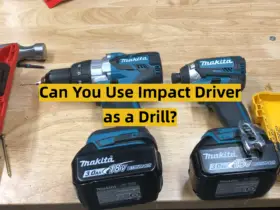

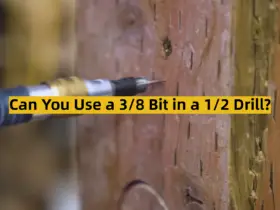
Leave a Reply